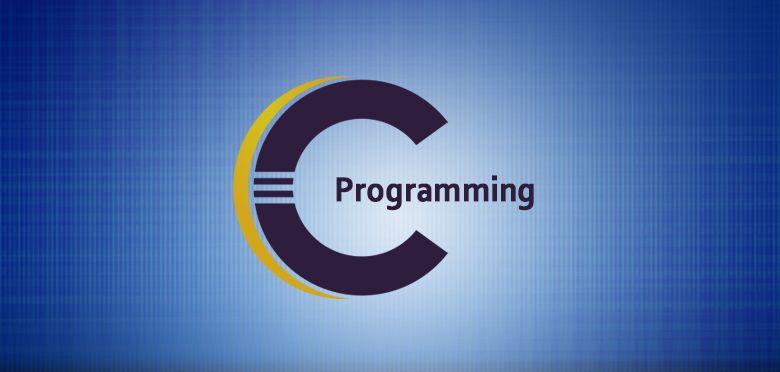C Programming Language Tutorial
Understanding C Programming
C is a versatile, procedural, high-level programming language that finds its application in various domains such as software and application development, system programming, game development, web development, and more. The language was conceived by Dennis M. Ritchie at Bell Telephone Laboratories in 1972. Initially developed for programming the UNIX operating system, C has since become one of the most widely used programming languages.
Known for its simplicity and efficiency, C programming serves as an excellent starting point for those new to programming. It lays a solid foundation that aids in understanding other programming languages.
Why Choose C?
C programming is one of the most sought-after languages in the realm of software engineering. Often referred to as the mother of all modern programming languages, learning C can pave the way for mastering other languages like Java, C++, C#, Python, etc. Moreover, C language is faster than many other programming languages like Java and Python. It allows low-level programming and can be compiled on various computer platforms.
Here are some key advantages of the C language:
- Easy to learn.
- Versatile Language that can be applied across various applications and technologies.
- Mid-Level Programming Language.
- Structured Programming Language.
Key Features of C Language
C language boasts several features that highlight its capabilities:
- Simplicity and Efficiency: The straightforward syntax and structured approach make C easy to learn.
- Fast Speed: As a static programming language, C is faster than dynamic languages like Java and Python.
- Portability: Code written in C can be run on any computer, showcasing its machine-independent nature.
- Memory Management: C provides lower-level memory management using pointers and functions like realloc(), free(), etc.
- Pointers: Pointers in C allow direct access or interaction with memory.
- Structured Language: The structural programming feature of C allows code division into different parts using functions which can be stored as libraries for reusability.
Applications of C Language
C has been instrumental in developing operating systems and is often referred to as a system development language due to its fast execution speed comparable to assembly language.
Here are some areas where C is used:
- Operating Systems
- Language Compilers
- Assemblers
- Text Editors
- Print Spoolers
- Network Drivers
- Modern Programs
- Databases
- Language Interpreters
- Utilities
· C Basics · C Variables and Constants · C Data Types · C Input and Output · C Operators · C Control Statements Decision-Making · C Functions · C Arrays & Strings · C Pointers | · C User-Defined Data Types · C Storage Classes · C Memory Management · C Preprocessor · C File Handling · Miscellaneous · C Interview Questions · C Programming Examples |
C Basics
Labels: C


0 Comments:
Post a Comment
Subscribe to Post Comments [Atom]
<< Home